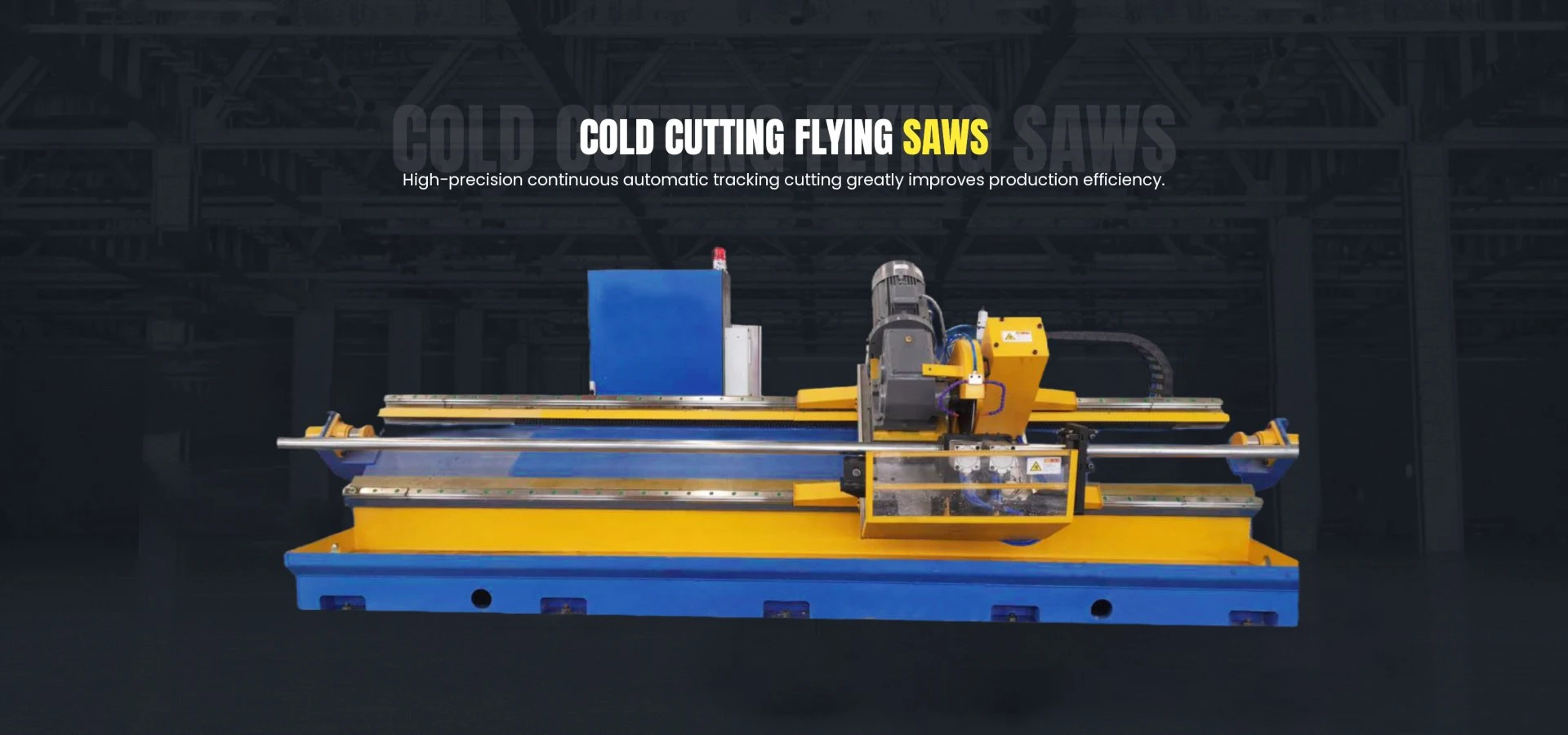metal stud making machine
The Evolution and Significance of Metal Stud Making Machines
In the realm of manufacturing, the production of metal studs has become increasingly vital, driven by the growing demand for lightweight and sturdy construction materials. Metal stud making machines are an integral part of this process, streamlining the manufacturing of steel studs, tracks, and channels used in various applications, particularly in the construction industry. This article delves into the significance, functioning, and advancements of metal stud making machines.
The Importance of Metal Studs
Metal studs are essential components in the framing of commercial and residential buildings. They provide structural support while offering advantages over traditional wooden studs, including resistance to fire, insect damage, and warping. The use of metal studs simplifies the construction process and increases the longevity of the structures. However, the production of these components requires precision and efficiency, which is where metal stud making machines come into play.
How Metal Stud Making Machines Work
Metal stud making machines are engineered to convert flat coil steel into various configurations of metal studs. The production process typically involves several key stages
1. Coil Feeding The raw material, usually in the form of steel coils, is fed into the machine. The coils are unrolled and aligned for processing.
2. Forming The steel is passed through a series of rollers that shape it into the desired profile. This is achieved by adjusting the roller positions to create different stud widths and types, whether they are standard or custom profiles.
3. Cutting Once the steel is formed into the correct shape, it's cut to the specified lengths. This step often uses shear cutting or flying shears to achieve high accuracy and minimize waste.
4. Punching Many metal studs require holes for electrical wiring or plumbing installation. The punching station creates these openings seamlessly during the manufacturing process.
5. Finishing The final stage includes processes like galvanizing or coating to enhance the corrosion resistance of the studs. This ensures that the finished products meet industry standards for durability and safety.
metal stud making machine

The automation of these processes has led to increased productivity and precision, dramatically reducing labor costs and minimizing human error.
Advancements in Technology
Recent advancements in metal stud making machines have transformed the industry. Modern machinery often incorporates
- CNC (Computer Numerical Control) CNC technology allows for automated adjustments and precise control over the manufacturing process. This leads to higher precision in dimensions and profiles, ensuring consistent quality across all products.
- Energy Efficiency Newer models focus on energy-saving technologies, reducing the overall carbon footprint of the manufacturing process. Innovations such as servo motors and advanced hydraulic systems have shown to minimize power consumption during operation.
- Smart Features The integration of IoT (Internet of Things) allows machines to communicate and share data, leading to predictive maintenance and real-time monitoring. This capability enhances operational efficiency and helps in minimizing downtime.
- Customization With consumer demands for tailored solutions growing, modern metal stud making machines can quickly adapt to size and design changes, allowing manufacturers to meet specific project requirements without extensive re-tooling.
Market Outlook
The demand for metal studs continues to rise, driven by construction booms in both residential and commercial sectors. As urbanization increases and new building techniques are adopted, the role of metal stud making machines is expected to expand. Manufacturers are anticipated to invest in more advanced machines that promise higher speed, precision, and versatility. Moreover, sustainability will play a crucial role, as producers aim to reduce waste and optimize resource use in their manufacturing processes.
Conclusion
Metal stud making machines represent a critical component of the modern construction landscape. Their ability to produce high-quality, reliable materials in a fast and efficient manner makes them invaluable. As technology continues to advance, these machines will evolve, further enhancing their capabilities and ensuring that they remain at the forefront of the industry. Embracing these innovations will not only benefit manufacturers but also meet the growing expectations for high-quality construction materials in an ever-competitive market.
-
High Frequency Straight Seam Welded Pipe Production Line-BzZhou Xinghua Machinery Equipment Manufacturing Co., LTD.|line pipe steel&welded gas pipeNewsJul.30,2025
-
High Frequency Straight Seam Welded Pipe Production Line-BzZhou Xinghua Machinery Equipment Manufacturing Co., LTD.|High Precision&Automated SolutionsNewsJul.30,2025
-
High Frequency Straight Seam Welded Pipe Production Line - BzZhou Xinghua Machinery Equipment Manufacturing Co., Ltd.NewsJul.30,2025
-
High Frequency Straight Seam Welded Pipe Production Line-BzZhou Xinghua Machinery Equipment Manufacturing Co., LTD.|Precision Welding, High EfficiencyNewsJul.30,2025
-
High Frequency Straight Seam Welded Pipe Production Line|BzZhou Xinghua|Precision Welding&EfficiencyNewsJul.30,2025
-
High Frequency Straight Seam Welded Pipe Production Line - BzZhou Xinghua|Precision Engineering&EfficiencyNewsJul.30,2025


